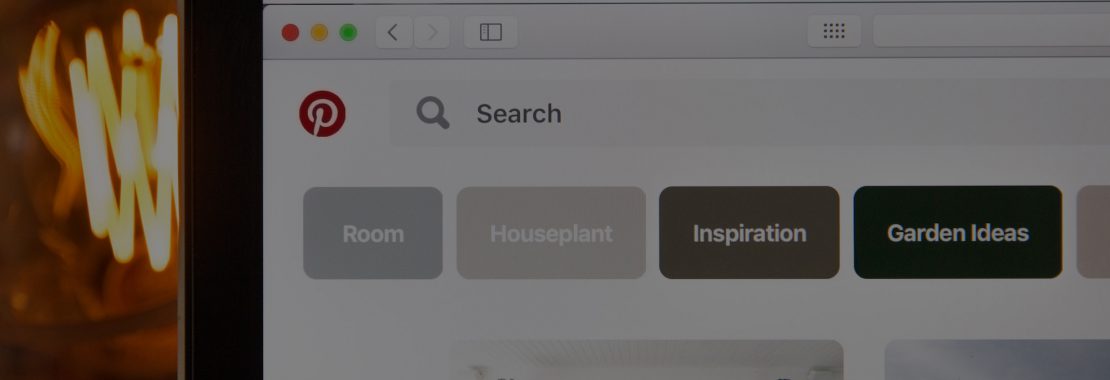Starting Pinterest as someone who is very familiar with Facebook, you’ll recognise a lot in the platform, however, there are a few differences to be aware of. Having made the leap myself recently, I have come up with some tips for other beginners out there who need some guidance when it comes to navigating the Pinterest ads manager.
With increased competition on Facebook, and therefore increased costs, it’s well worth getting your head around a few more platforms in case you need to diversify your efforts.
Ad Group Creation
When you first enter Pinterest Ads manager you notice it’s a lot more colourful than the Facebook Ads manager! At the top left hand of the page, there’s an option to begin creating your ad group. You select your targeting, budget, bids, and objectives within this process too.

In terms of objectives, you can choose from 4 options:
- Brand Awareness – get your brand seen
- Video Views – awareness through video
- Traffic – drive traffic to your site
- App Install – encourage people to download apps
In terms of targeting, Pinterest differs from Facebook as you can target keywords your audience are actively searching for. In addition to keyword targeting, Pinterest also offers a number of other options including interests, ‘actalikes’ (think lookalikes!) and custom retargeting audiences.
Step-by-step the page is quite self-explanatory however here are some tips I found handy to know at this stage:
Creating your ad groups
- Under ‘advanced options’ keep ‘All (recommended)’ selected.
- As a general rule of thumb, keep your ‘Interests’ and ‘Keyword’ targeting separate. (Have one audience based around interests and a separate one for keywords to start with)
- At the bottom of the page, you’ll find the ‘Optimisation and Delivery’ section. Always begin with a low bid, around
- £0.10 and leave ‘Standard’ ticked.
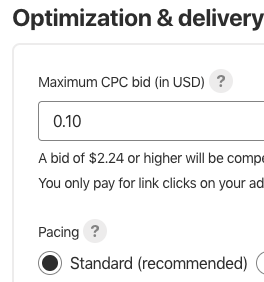
Promoted Pins
The promoted pins are your ads. Before creating your pin (ad) it’s helpful to create a board for them to go in.
Boards organise your pins and make them easier to find – think of them as a virtual mood board. When creating your promoted pin, all you need to do is upload an image, add a link and write a description and unlike Facebook, there is also no 20% text rule on Pinterest!
FYI – Pinterest says:
- Ideal aspect ratio: 2:3 or 600 x 900 pixels
- File size: Max 10 MB
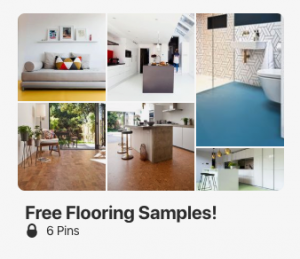
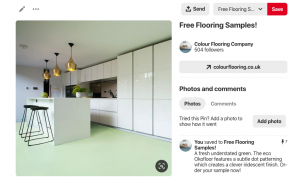
Ad Overview
Once your campaign groups and pins have been created and promoted, you can oversee ad performance by navigating to the ad overview in the top lefthand side of the page.
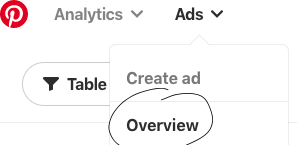
You are then able to view how the active ad groups and pins are progressing through comparison charts and tables.

The Pinterest Tag
If you’re familiar with Facebook Ads then you would have heard of the pixel. The Pinterest tag is basically just Pinterest’s version of the pixel. If you haven’t heard of either of those things then don’t worry! The definition according to Pinterest is ‘A piece of JavaScript code you put on your website to gather conversions and build audiences to target based on actions they’ve taken on your site.’
To implement the tag follow this step by step guide.
Benefits of Pinterest
Pinterest users are already actively searching on the platform with 55% of people seeing it as a place for shopping and brand discovery. This gives it an edge over Facebook as there is less competition and traffic will most likely convert to sales. It is also more cost-effective! And because Pinterest is a Natural Platform, users don’t know they’re seeing an ad, therefore, are less likely to ignore them.
All in all – Pinterest is great!
I hope these simple tips help when getting to grips with the Pinterest Ads Manager – good luck!
